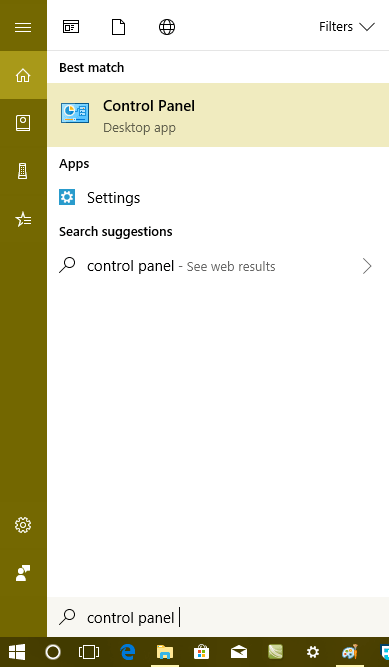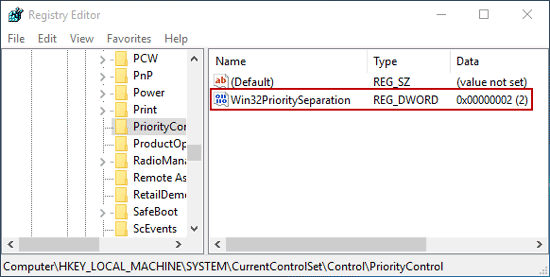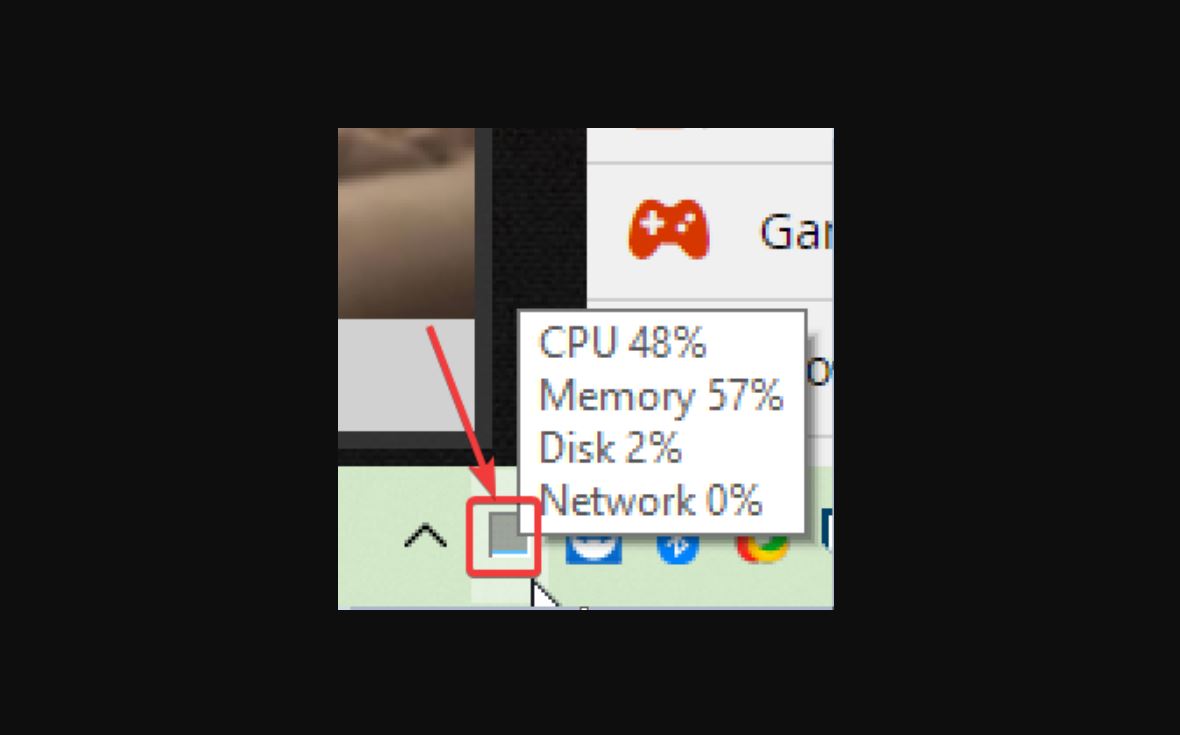
Time that is spent in idle states significantly affects energy use and battery life. However, a higher state number in all processors reflects lower power consumption, but also a longer wait time before the processor can return to instruction processing. The implementation of idle states is processor-specific. These states include C1 (halted but the clock is still enabled), C2 (halted and the clock is disabled), and so forth. Idle states are numbered states from C0 (active not idle) through progressively lower-power states. Based on CPU usage patterns, a processor’s target C-state will be adjusted over time. When no instructions are ready to execute, Windows will put a processor into a target idle state (or C-State), as determined by the Windows Power Manager. Processors do not always exist in an operating state. Windows 10 actively manages processor hardware in two main ways: power management, to balance power consumption and performance and usage, to balance the processing requirements of programs and drivers. In this guide, both processor and CPU refer to a logical processor - that is, a hardware device that the operating system can use to execute program instructions. These individual instruction stream processors are managed by the Windows operating system as logical processors.

Each CPU can host multiple physical processor cores, each capable of processing one or two separate instruction streams simultaneously. Modern computers can contain multiple CPUs that are installed in separate sockets. For a more comprehensive study on this topic, we recommend the book Windows Internals, Fifth Edition. This section contains simple descriptions and a basic discussion on CPU performance. This section contains a collection of techniques that you can use to investigate and solve common problems that are related to CPU performance. This section explains how to view and interpret CPU information in the Windows ADK Toolkit. This section describes how CPU resources are managed in Windows 10.

This guide is organized into the following three sections: For more information, see Windows Performance Toolkit Technical Reference. The WPT is part of the Windows Assessment and Deployment Kit (Windows ADK) and it can be downloaded from the Windows Insider Program.

The techniques in this guide use the Windows Performance Analyzer (WPA) from the Windows Performance Toolkit (WPT). This guide provides techniques and tools that you can use to investigate those problems. The individual metric or issue sections in the assessment-specific analysis guides identify common problems for investigation. This guide provides detailed techniques that you can use to investigate Central Processing Units (CPU)-related issues that impact assessment metrics.


 0 kommentar(er)
0 kommentar(er)
